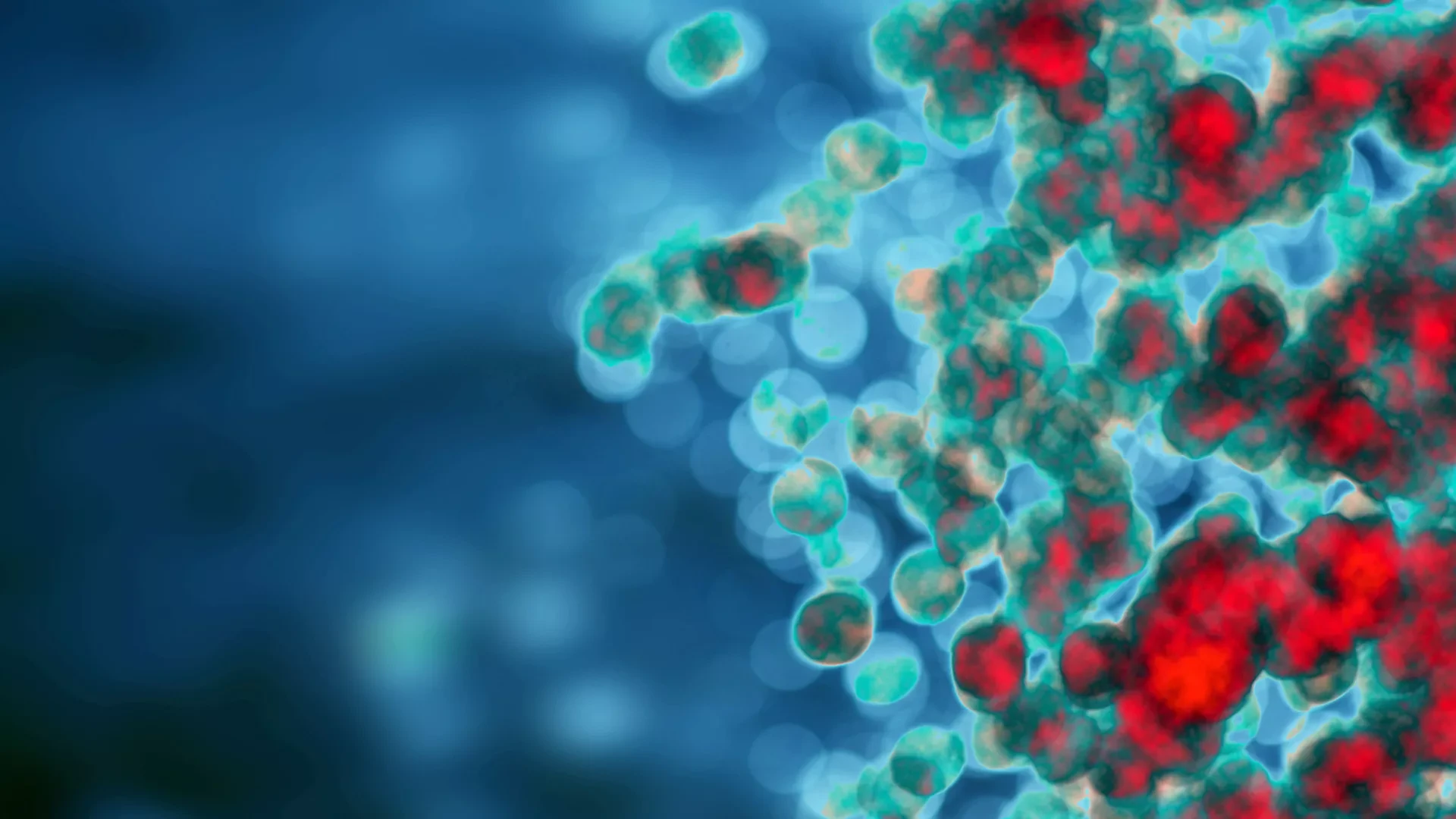
Not all immune cells disappear after an infection. Some stay. They remember. These are memory cells. They hold information, sometimes for years. Their job is simple: recognize the enemy if it returns.
When the same pathogen reappears, memory cells don’t wait. They trigger a faster response. They remember what worked before. This quick reaction often stops infection before symptoms begin. You never notice the danger because memory cells already acted.
Immunity isn’t forgetting—it’s selective remembering.
First exposure builds a map, not just a reaction
The first time your body meets a virus, it’s unprepared. It scrambles. Cells send alerts. Inflammation rises. The immune system learns while fighting. But once the threat fades, the memory begins.
Memory B and T cells record the structure of the invader. They keep a biochemical map. It’s stored silently, ready to activate. This map isn’t stored everywhere—just in cells trained to recall.
Learning takes energy. Remembering takes structure.
Vaccines work by teaching without risking full infection
Vaccines don’t bring full threats. They bring pieces. Proteins. Fragments. Information. These parts are enough to trigger memory formation. No illness required. Just recognition.
The body reacts to the sample. It builds a plan. It stores that plan inside memory cells. Then, when the real virus arrives, it’s already known. The system doesn’t panic—it acts.
Vaccination is memory rehearsal without the injury.
Memory cells don’t all last the same amount of time
Some memory cells fade after months. Others stay for decades. The difference depends on the threat and the body’s reaction. Some infections leave stronger impressions. Some cells get reinforced more often.
Tetanus memory needs reminders. Measles memory often lasts a lifetime. Immunity isn’t fixed—it’s layered. Booster shots refresh fading memory. They remind the system what to recall.
Biological memory, like human memory, can need repetition.
Location matters in how memory cells are stored and activated
Some memory cells circulate in blood. Others sit in tissues, waiting quietly. These are tissue-resident cells. They live in lungs, skin, or gut—places where threats often enter.
When a pathogen enters, these stationed cells act first. They don’t wait for signals from distant organs. They respond locally, fast. This design helps the body act before danger spreads.
The immune system keeps guards where attacks are likely.
Immune memory can misfire and recognize harmless things as threats
Not all memory is helpful. Sometimes, immune memory confuses the harmless with the harmful. This misfire is part of allergies or autoimmune responses. The body remembers wrong.
A peanut protein. Pollen. Even your own tissue. Memory cells activate when they shouldn’t. They repeat a pattern that doesn’t match the danger.
When immune memory misremembers, defense becomes damage.
Some pathogens evolve fast enough to escape recognition
Viruses like influenza change quickly. Each year, they shift enough to evade older memory cells. The immune system recognizes part of the virus but misses the full shape.
This partial recognition delays response. Memory helps, but not completely. That’s why flu shots change yearly. The immune system needs updated instructions.
Pathogens adapt. Memory must adapt faster.
Immunological memory can weaken with age or chronic illness
Aging doesn’t erase immune memory, but it softens it. Fewer memory cells are produced. The existing ones may respond slower. Chronic illness also affects immune readiness.
In older bodies, memory cells still exist—but they may not activate as quickly. Boosters help, but response quality can decline. Even recognition may fade with time.
Immunity ages alongside the person it protects.
Memory cells speak through signals before physical symptoms emerge
When memory cells detect a familiar invader, they release cytokines—chemical signals. These signals rally other immune parts. Fever, fatigue, inflammation—all responses begin here.
But this signaling happens fast, often before you feel anything. The body moves into action silently. The battle may end before symptoms start. You carry immunity without realizing it activated.
Recognition is fast. Reaction is silent.
Repeated exposure can sharpen or confuse immune memory
Sometimes the immune system benefits from exposure. Repeated contact with mild threats sharpens response. But overexposure, especially to mutating viruses, can confuse memory.
The body expects one shape, meets another. It hesitates. Memory doesn’t match. This mismatch slows defense. Instead of acting, the system re-learns. That delay allows illness to grow.
Memory is useful—but only if the present matches the past.
